Celt
The Land
The lands of the mainland Celtic tribes are bordered by the Sea to the north and Lake to the south. The geography is largely wooded or rolling, hilly meadows and grasslands. The main features of the Celtic lands are a great forest called by the Celts Thuaidh Foraios (Who-A Far-esh) the Northern Forest. The forest is home to the Great Druid who presides over a druidic center of learning or college in the depths of the wood. Initiates travel from across the map to learn the ways of the Wildsong from the druids of Thuaidh Foraios. Most study a few years and return to serve in their community, a few stay on to teach and instruct the next generation of young initiates.
The other striking feature of the land is a lake with an island in the middle of it near the center of the lands. On the island is a large stone structure- a circle of pillars with massive stone lintels capping them all. The island is outside the control of any of the Celtic tribes and revered by all of them. Similar smaller structures can be found on hilltops, forks in rivers, or other sacred places but the Great Ring is the most sacred. It is a site for the winter and summer festivals that unite the celts as a people and a meeting place for tribes to meet and settle disputes or discuss common issues. During festivals the shores of the lake are lined with camps as Celtic tribes gather to celebrate the seasons and visit with family and friends.
The People
Celts are tallish humans and tend to have red or dark curly hair. The men favor large mustaches although some are bearded.
The Celtic love of decoration and fine craftsmanship extends to their weapons and shields too. Most warriors, including men and women, go to battle armed with a spear, axe and shield. Those that can afford a sword often wield a leaf shaped blade- narrower at the hilt and tip- favored by the celts. No matter what the weapon it typically matches functionality with design and craftsmanship. Celts are fond of swirly, spiral and organic patterns and spirals and knots are common motifs in their designs.They were described by the Elurian historian Phlatus the Long-winded as “A people who love to fight. If no enemy is nearby, they fight amongst themselves. They are fierce in battle and once engaged don’t seem to realize when they are defeated.” The Celts are good horseman often riding horses to battle but rarely riding them into battle. Another account tells of an early morning attack on an Elurian fortress. As the fog covered the fields around the stronghold the Celts approached the clearing from the wood Some carried torches that glowed eerily in the low-lying fog, others carried long forged metal horns that stood as tall as a man. The horns were shaped like the neck of a great serpent, and each ended at the top in a dragon’s head. The tongue of the serpent was a loose flap of metal so when the Celt held the horn above their head and blew into the mouthpiece the most horrific fluctuating scream poured forth from the dragon’s mouth. A dozen or more of these screaming dragon heads rising above the glowing fog was enough to test the courage of the most seasoned warrior.
Celtic Society
The Celtic people live in loose tribal societies. The major tribes are the People of the Wolf, the Stag, the Ox, the Bull, and the Ram. Each tribe is led by a Chief who controls the lands around the hillfort where he lives. A hillfort is a fortified village built atop a hill, typically surrounded by a palisade of sharpened tree trunks, often with a ditch beyond that. Many live within the walls and others farm or herd the surrounding lands. Celtic houses are typically round houses with bases of stone or walls made by applying wattle to walls of interwoven sticks. But regardless of the building material, Celtic houses are round with thatched conical roofs.
While the chief, typically a veteran warrior with proven battle and leadership experience is the leader of the tribe, the underlying power is with the Druidae. Chiefs handle the day-to-day management of the tribe but consult with the village druid on matters of importance, or druidic council on larger issues. Disputes that come before the chief are often settled after consulting the druid, when to plant, when and if to go to war, even choosing the chief’s predecessor are all duties of the druids. The village druid serves as the communities’ primary councilor, healer, soothsayer, storyteller, historian, and diplomat.

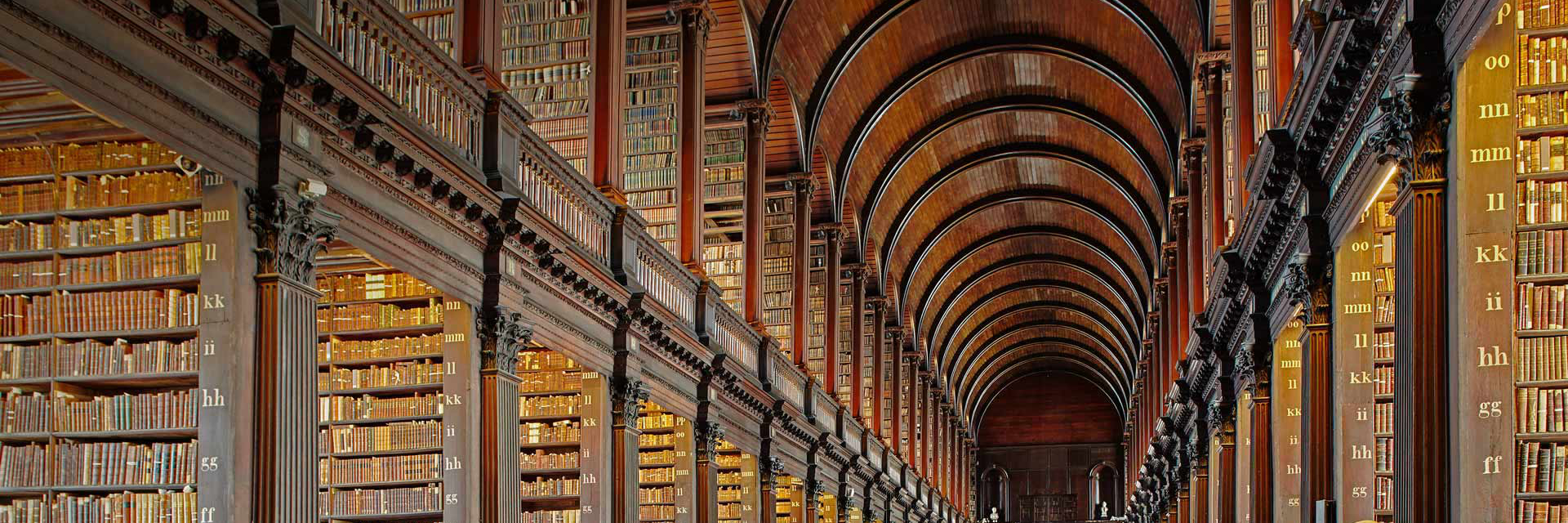
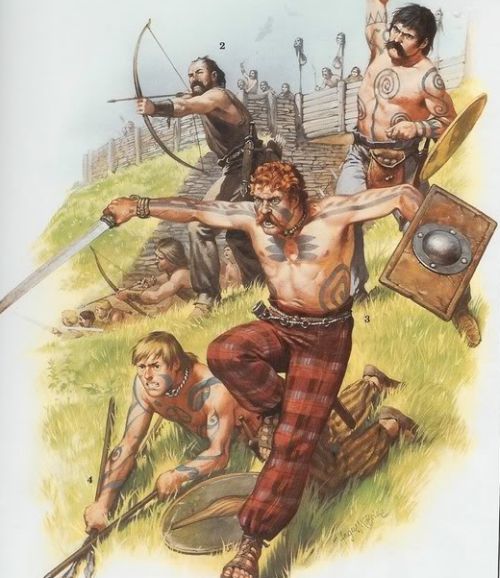
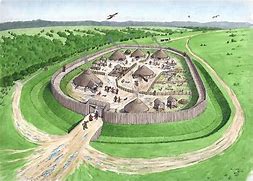
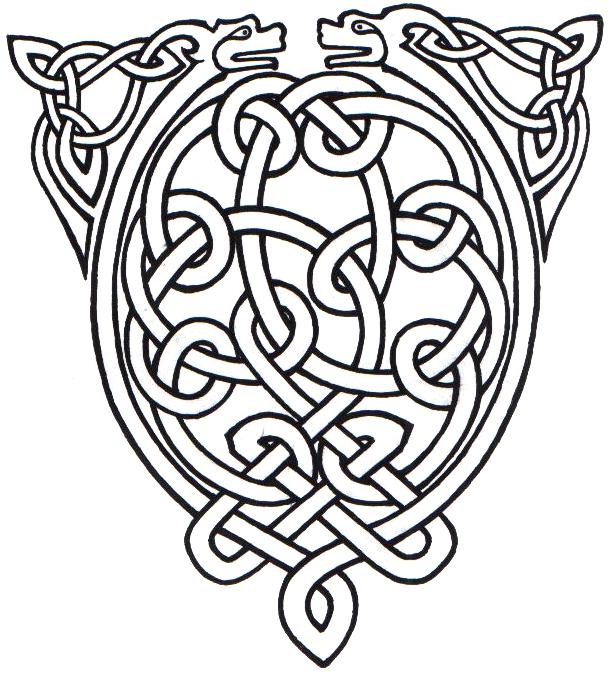
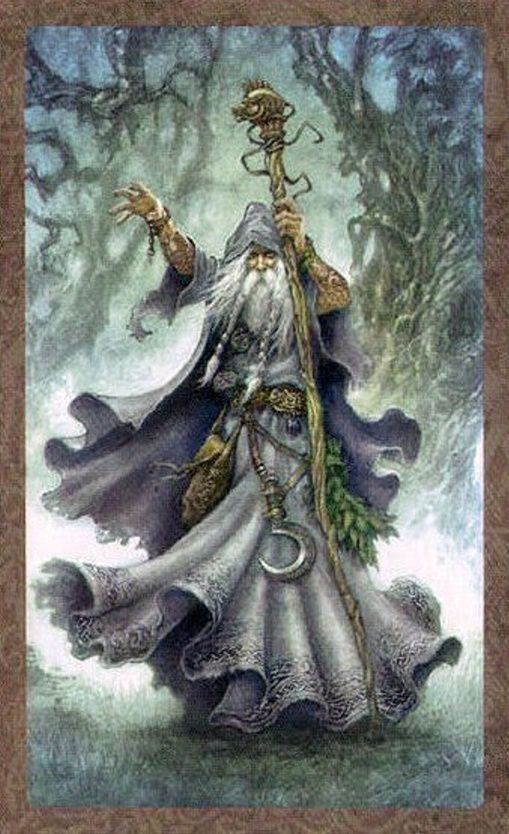


Comments